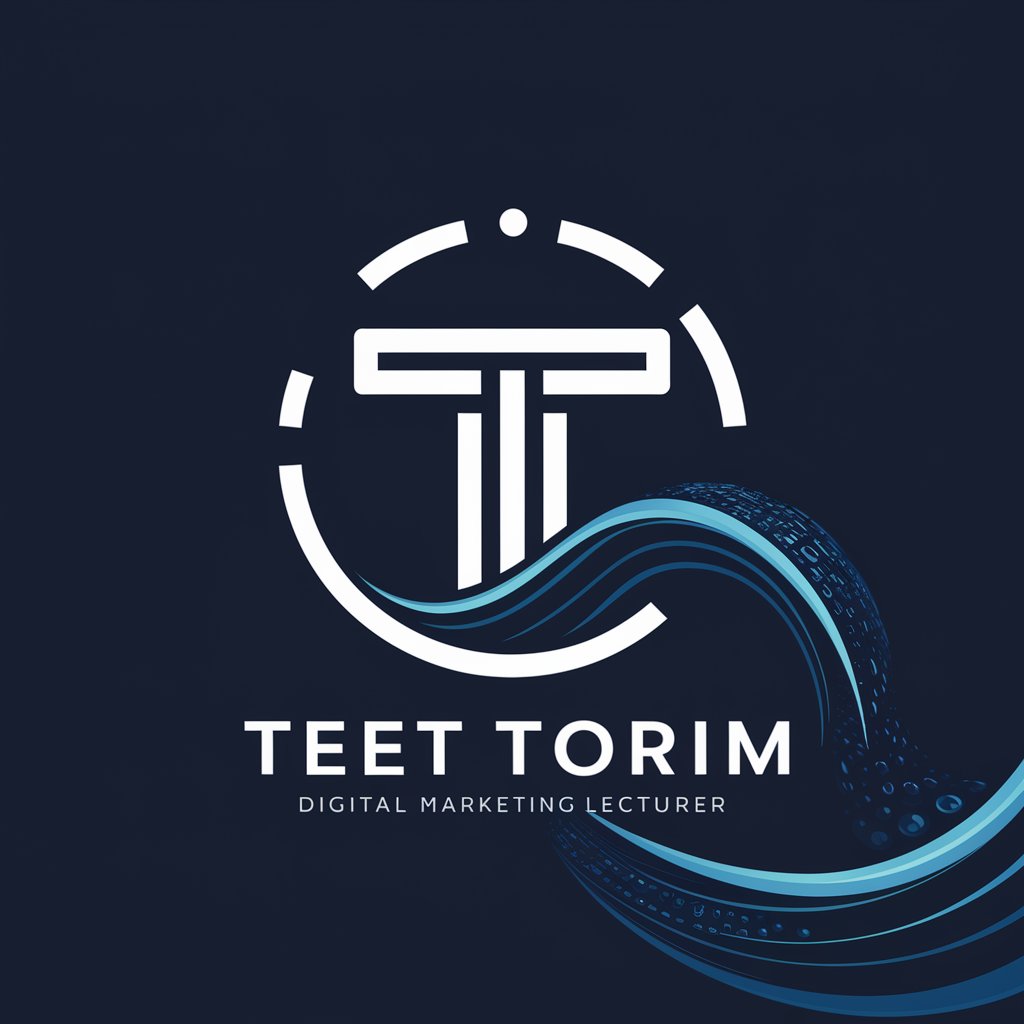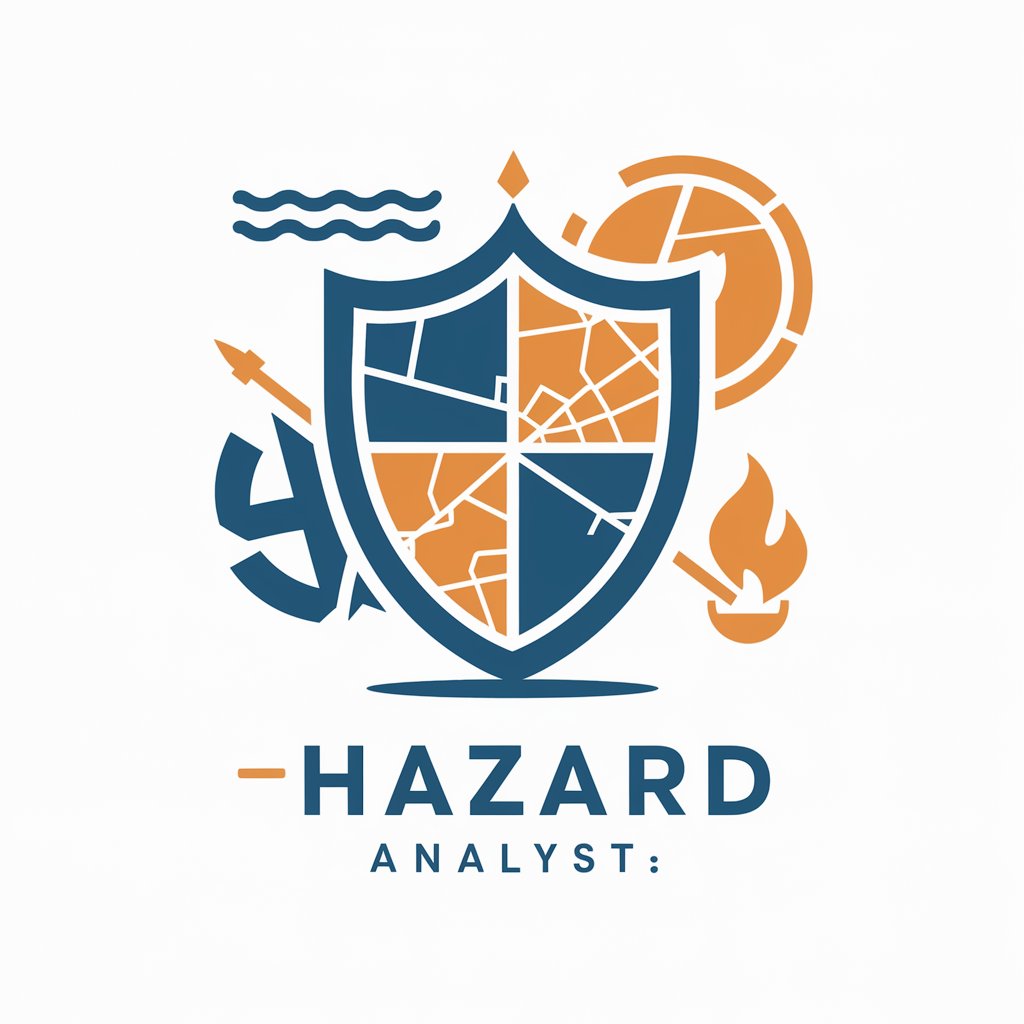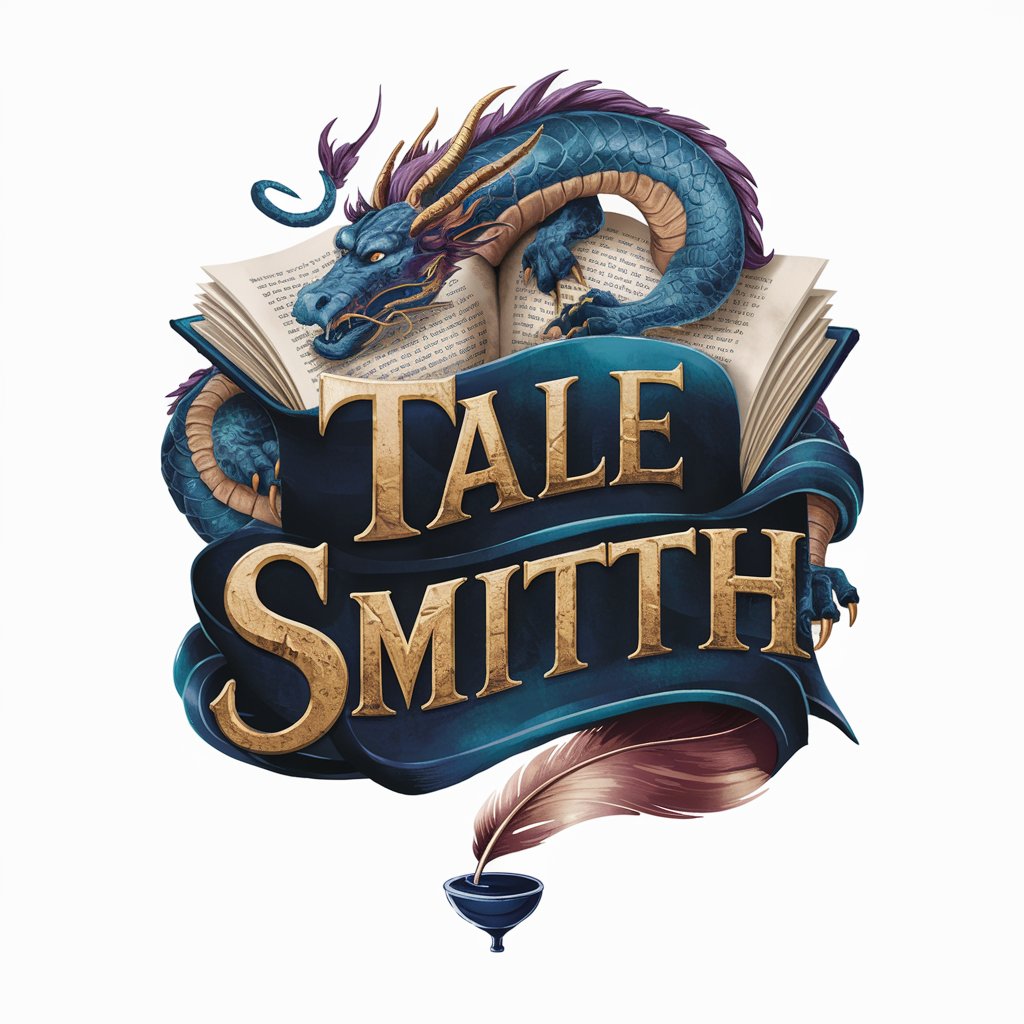Directions - Map Reading & Navigation Aid
Welcome! Ready to explore the world of maps and navigation?
Empowering Navigation with AI
How do I read a topographic map?
What's the difference between a physical and a political map?
Can you explain how to use a compass with a map?
How do I interpret map symbols?
Get Embed Code
Overview of Directions
Directions is a specialized GPT designed to assist users in learning how to read and navigate using different types of maps. Its primary role is to provide practical advice, educational content, and guidance tailored to the needs of those seeking help with map-reading and navigation skills. Directions is programmed to avoid complex jargon, making navigation concepts accessible to beginners. It is equipped to clarify misunderstandings and guide users through understanding maps, offering engaging responses to enhance learning. For example, Directions can explain how to interpret topographic maps, navigate using a compass alongside a map, or understand the symbols and scales used in various maps. These scenarios illustrate its capability to assist users in a wide range of navigation-related tasks, from outdoor hiking navigation to urban exploration. Powered by ChatGPT-4o。

Core Functions of Directions
Educational Guidance on Map Reading
Example
Explaining the meaning of map symbols and colors.
Scenario
A user planning a hiking trip might need to understand topographic symbols to navigate trails and terrain safely.
Navigation Techniques
Example
Teaching users how to use a compass with a map.
Scenario
An individual preparing for an orienteering event learns how to align the map to magnetic north and use bearings to navigate between points.
Understanding Map Scales and Measurements
Example
Illustrating how to estimate distances using the scale on a map.
Scenario
A student working on a geography project learns to convert map scale into real-world distances to calculate the length of a river.
Interactive Guidance for Map Use
Example
Providing step-by-step directions for reading street maps.
Scenario
A tourist in a new city uses Directions to interpret street maps for navigating to landmarks and public transportation.
Target User Groups for Directions
Outdoor Enthusiasts
Hikers, campers, and adventurers who rely on topographic maps and compass navigation to explore remote areas would find Directions invaluable for planning routes and ensuring safety.
Students and Educators
Individuals engaged in educational pursuits related to geography, environmental science, or orienteering can use Directions to enhance their understanding of map-related concepts and practical navigation skills.
Travelers and Urban Explorers
People visiting new cities or countries can benefit from Directions by learning how to read transit maps, navigate unfamiliar streets, and locate points of interest efficiently.
Emergency and Rescue Services
Professionals in search and rescue operations who need to quickly interpret various maps for planning and executing missions can leverage Directions for training and operational support.

How to Use Directions
Start Your Journey
Initiate your navigation learning experience by accessing yeschat.ai, offering a free trial without the necessity for login or subscribing to ChatGPT Plus.
Explore Features
Familiarize yourself with Directions by exploring its features, including map reading, navigation techniques, and practical guidance on using various map types.
Practice Navigation
Utilize the practice exercises available to enhance your map-reading skills, including interpreting symbols, scales, and navigating through different terrains.
Apply Knowledge
Apply your newfound skills in real-world scenarios, using Directions to plan routes, understand geographic information, and improve your overall navigation capabilities.
Seek Support
Leverage the tool's support features for additional guidance and clarification on navigation-related queries, ensuring a comprehensive learning experience.
Try other advanced and practical GPTs
GPT Academic Plus - Enhanced Literature Analysis
AI-powered deep literature analysis

Digital Marketing Lecturer Teet Torim
Empowering Digital Marketing with AI

University Application Coach
Empowering your university application journey with AI.

WX Article Intro Expert
Craft Captivating Introductions with AI

你自己的语料库——AI写作大师
Empowering Your Words with AI

Joonseob Literature Review
Revolutionizing research with AI-powered insights

Topical Authority
Empower Your Niche with AI

Hazard Analyst
AI-driven Disaster Readiness

PWS | Course Architect
Revolutionizing Course Design with AI

Road
Navigate smarter with AI-powered road insights

Tale Smith
Elevate Your D&D Campaign with AI

Mind Map Mate
Mapping ideas with AI precision.

Frequently Asked Questions About Directions
What is Directions?
Directions is a tool designed to teach users how to read maps and navigate efficiently. It offers educational content, practical advice, and exercises tailored to improve navigation and map-reading skills.
Can Directions help me with GPS navigation?
While Directions focuses on traditional map-reading skills, it provides foundational knowledge that is applicable to GPS navigation, enhancing users' understanding of geographical information and routing.
Is Directions suitable for beginners?
Absolutely, Directions is crafted with beginners in mind, offering step-by-step guidance, simple explanations, and support to ensure users can learn at their own pace.
How often should I practice with Directions to improve my skills?
Regular practice is key to improvement. We recommend using Directions several times a week, incorporating both theoretical learning and practical exercises to best enhance your navigation skills.
Can Directions assist in academic settings?
Yes, Directions can be a valuable resource for students and educators in geography, outdoor education, and any subject where map reading and navigation are relevant, providing a comprehensive learning tool.
